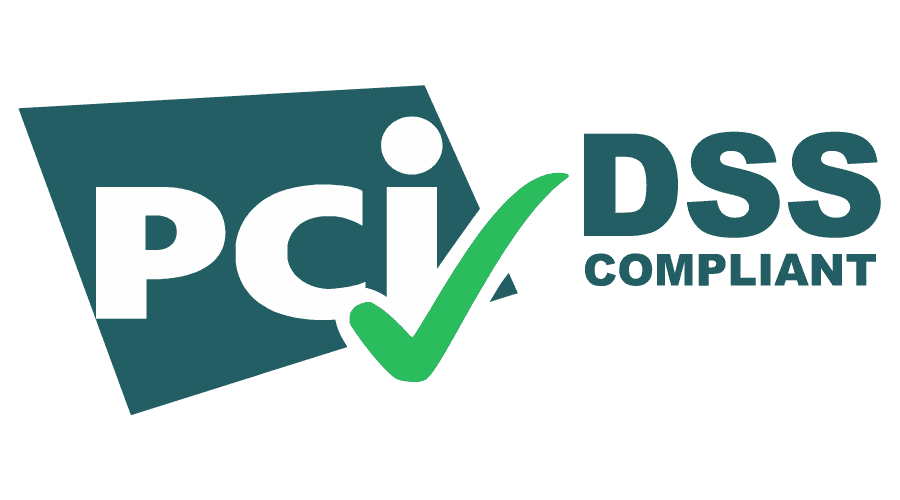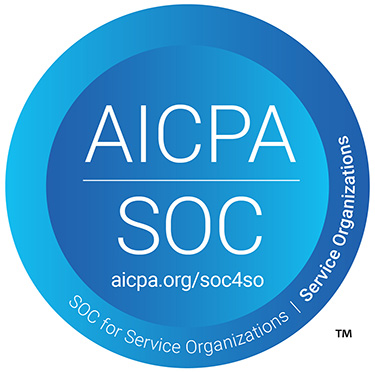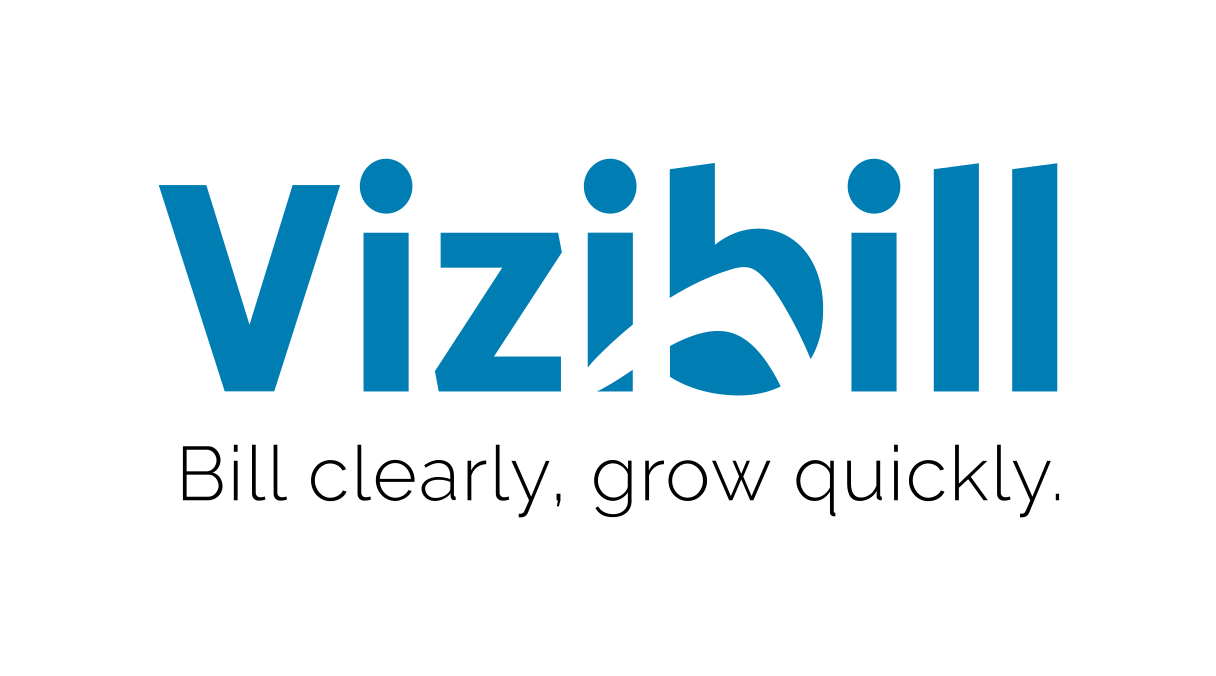Every SaaS company loses customers now and then. The key to success lies in ensuring that you don't lose more people than you gain. To put it another way, for your business to grow and thrive, you need to keep your churn rate lower than the rate at which you acquire new clients.
Your best bet is to be proactive. Rather than trying to bring back customers who've already left, learn how to identify the warning signs that someone is about to leave. Once you know your business's churn triggers, you can devise a strategy that allows you to re-engage customers and potentially stop them from churning in the first place.
Let's discuss what that involves.
What is Customer Churn?
Customer churn is a metric to help you measure how many paying clients your business has lost over a given timeframe, expressed as a percentage of your total customers or subscribers. Calculating it is relatively simple:
- Choose a time period. We recommend calculating churn on a monthly, quarterly, or annual basis.
- Note how many paying customers your business has at the beginning of the time period.
- Note how many customers you lost during that time period.
- Divide the number of customers you lost by your total subscribers. This will give you a percentage value.
For instance, let's say you want to measure your SaaS business's churn rate for Q1 2024. You had 3600 subscribers at the beginning of the quarter, and you lost about 300 subscribers. Your churn rate calculation will look a little something like this:
(300/3600)*100= 8.33 percent churn
Why is Customer Churn Relevant?
When measured alongside other metrics such as subscriber growth and retention, customer churn provides an excellent barometer of your company's overall health. It also helps assess how well your business and products meet the expectations and needs of your audience. A low churn rate generally means people are satisfied and potentially loyal to your brand, while a higher churn rate could signify one or more of the following problems:
- Customers aren't seeing the expected return on investment from using your software.
- Your product is missing essential features or functionality compared to competitors.
- There are issues with your software's user experience — bugs, instability, bad UI design, etc.
- Something happened to damage your company's reputation, such as a data breach or media controversy.
- Your onboarding does not effectively facilitate product adoption.
- There's an issue with your go-to-market strategy, and may be a mismatch between product and audience.
- The ongoing cost of maintaining your software is too high.
Voluntary vs. Involuntary Churn
When someone intentionally cancels their subscription or closes their account, that's known as voluntary churn. However, this is not the only reason your business might lose subscribers. There are several factors that may cause involuntary churn as well.
Payment failures occur when a customer is unable to pay their subscription fee for one reason or another. Potential causes include insufficient funds, expired payment cards, or issues with your company's payment processing service. A transaction failure can result in a customer voluntarily canceling their subscription if left unaddressed.
Organizational changes brought on by restructuring, a merger, or an acquisition may also lead to cancellations. Your software may lose its internal champions as a result of the internal shift, or a change in leadership may cause a company to re-evaluate their relationship with your company.
Market and economic conditions may also play a part in causing churn. If, for instance, the sector in which your company primarily operates experiences a financial downturn, your customers may have no choice but to cut costs.
What is Churn Analysis?
Customer churn analysis is exactly what it sounds like. It's a strategic, data-driven approach to reducing customer churn. The idea is that by examining behavioral patterns and trends, you can learn to identify both your company's churn triggers and the warning signs that a customer is dissatisfied with your software.
As you may have already guessed, churn analysis is typically best achieved through analytics software that provides in-depth insights into customer habits and behavior.
A Step-by-Step Churn Analysis Checklist
When you perform a churn analysis, you want to answer two primary questions.
First, you want to know your churn triggers — the things that cause churn to happen in the first place. Is there a particular feature with which users are dissatisfied, or are there broader issues at play? This may vary based on several factors, such as industry, niche, and pricing tier.
Second, you want to identify risk flags — the signs that a customer may be on the verge of churning. What common behavioral patterns do customers display prior to canceling their subscription? As with the above, this will vary depending on the customer's industry and how they use your software.
Once you've answered both of these questions, you can then develop a strategy to proactively address and reduce your churn rate. But we're getting ahead of ourselves. Before we can discuss churn reduction, we need to go over what a churn analysis actually involves.
Step One: Segment Your Audience
Before you start analyzing your churn rate, take a step back and identify the different customer segments using your software. Start by segmenting your customers based on industry and/or use case. From there, you can get as granular as you like further categorizing customers by:
- Pricing tier.
- Business size.
- Amount of time subscribed.
- Time of acquisition — for example, Q1 vs. Q4.
- Sales and marketing channels engaged.
- Whether they signed up for a demo or trial.
- Platforms or devices used.
Step Two: Identify Your Churn Triggers
Using a combination of behavioral analytics and open-ended customer exit surveys, create a broad list of all the different reasons your customers are canceling their subscriptions. Organize the reasons and causes into distinct buckets. For instance, a subscriber who canceled because of frustration with the UI and one who canceled because of performance problems both quit as a result of poor customer experience.
Eventually, you'll start to see patterns emerge. For instance, let's say your company works with both financial services and legal services organizations. You might notice that businesses in the finance niche tend to churn due to poor user experience, whereas legal services subscribers are more consistently frustrated with your support experience.
If necessary, you can then calculate which churn trigger is causing the biggest dent in your revenue based on the total value of lost subscriptions.
Step Three: Find the Pattern
Now it's time to take a closer look at the customers who've churned. Use a behavioral analytics tool to examine everything about how each customer engaged and interacted with your software. Your goal is to find common usage and behavioral patterns that you can then use to identify at-risk customers.
Possible areas of focus may include:
- Feature adoption.
- Engagement metrics such as login frequency and average session length.
- Onboarding metrics such as time to first value.
- Changes in sentiment over time.
- Changes in usage patterns over time.
Eventually, you'll have collected enough data to start accurately predicting when a customer is about to churn. From here, it's simply a matter of developing a customer retention strategy. But what does that look like, exactly?
Developing Your Churn Reduction Strategies
The best way to reduce customer churn is to eliminate the factors that cause it. Prior to developing a targeted retention process for individual customer segments, you'll want to address any broad problems you've identified with your company or software. This could include:
- Optimizing your onboarding to focus more on value-driving product features.
- Improving customer support through better employee training and tools.
- Actively collecting and applying customer feedback.
- Ensuring your marketing and value differentiation strategies are properly aligned to each customer segment.
- Adjusting your prices to better align with customer expectations.
Once you've taken care of the bigger-picture optimization, develop a playbook that provides guidance on how to proactively reach out and re-engage customers who are at risk of churning. This playbook should include details on recognizing the warning signs of churn as well as information on the most effective outreach strategy for each customer segment. Keep these strategies as flexible and dynamic as possible while bearing in mind that you'll want to regularly revisit and optimize them as time goes on.
Customer Satisfaction is the First Step in Customer Retention
A high churn rate directly impacts business success. If your company cannot retain customers on anything resembling a long-term basis, it can and will eventually become unsustainable. It should go without saying that you want to do everything in your power to avoid that.
You'll need a powerful behavioral analytics platform that gives you full visibility into how customers interact with and use your software. But you'll also need a means of streamlining and optimizing your billing process. And that's where Vizibill comes in.
Designed to fit enterprise-grade billing at every stage of growth, our flexible platform supports a variety of subscription models, including fixed-price, usage-based, hybrid and dynamic billing. More importantly, it's designed to scale with your business, making it easy to avoid transaction failures — and leaving you free to focus on other, more challenging causes of customer churn.






